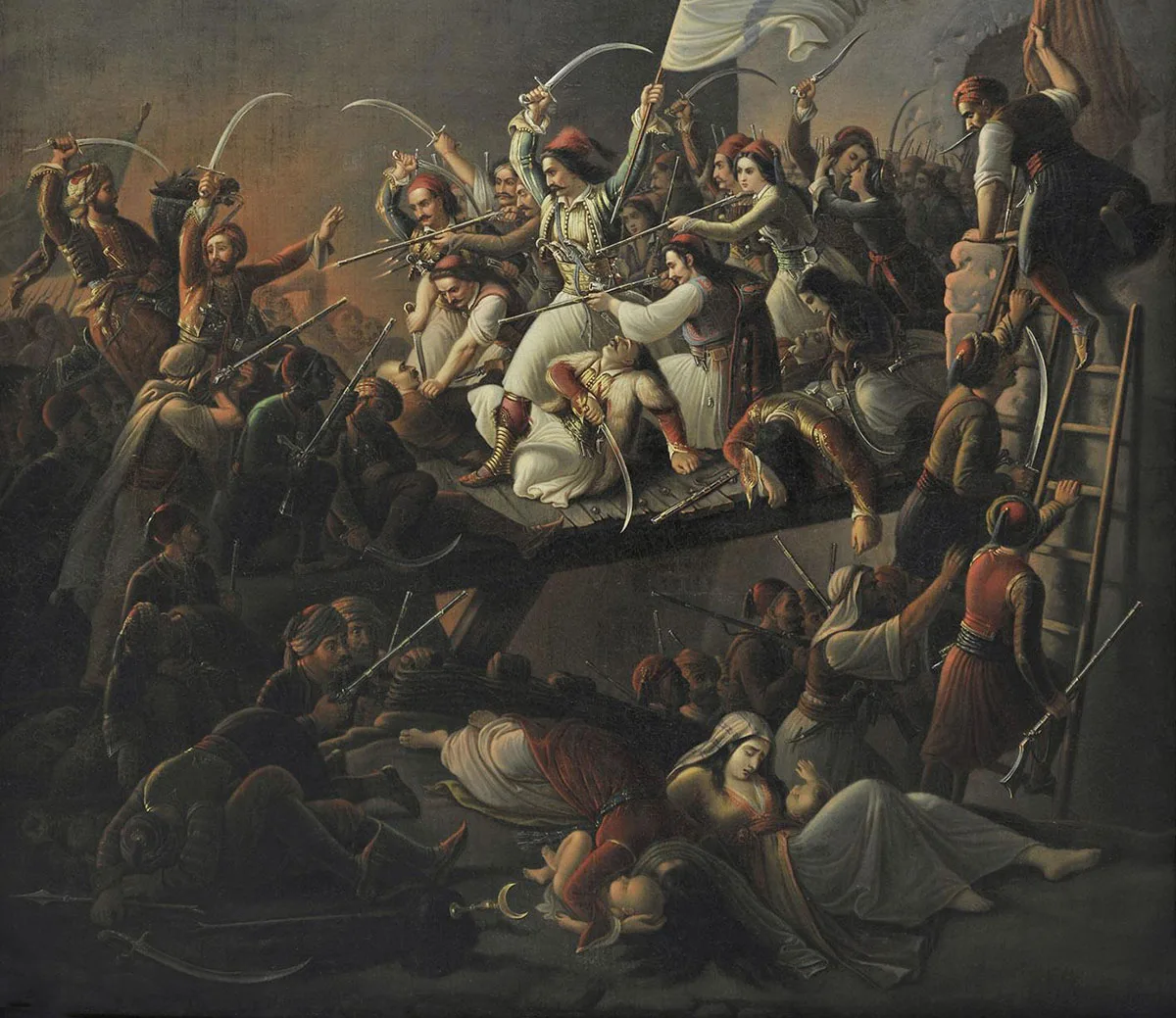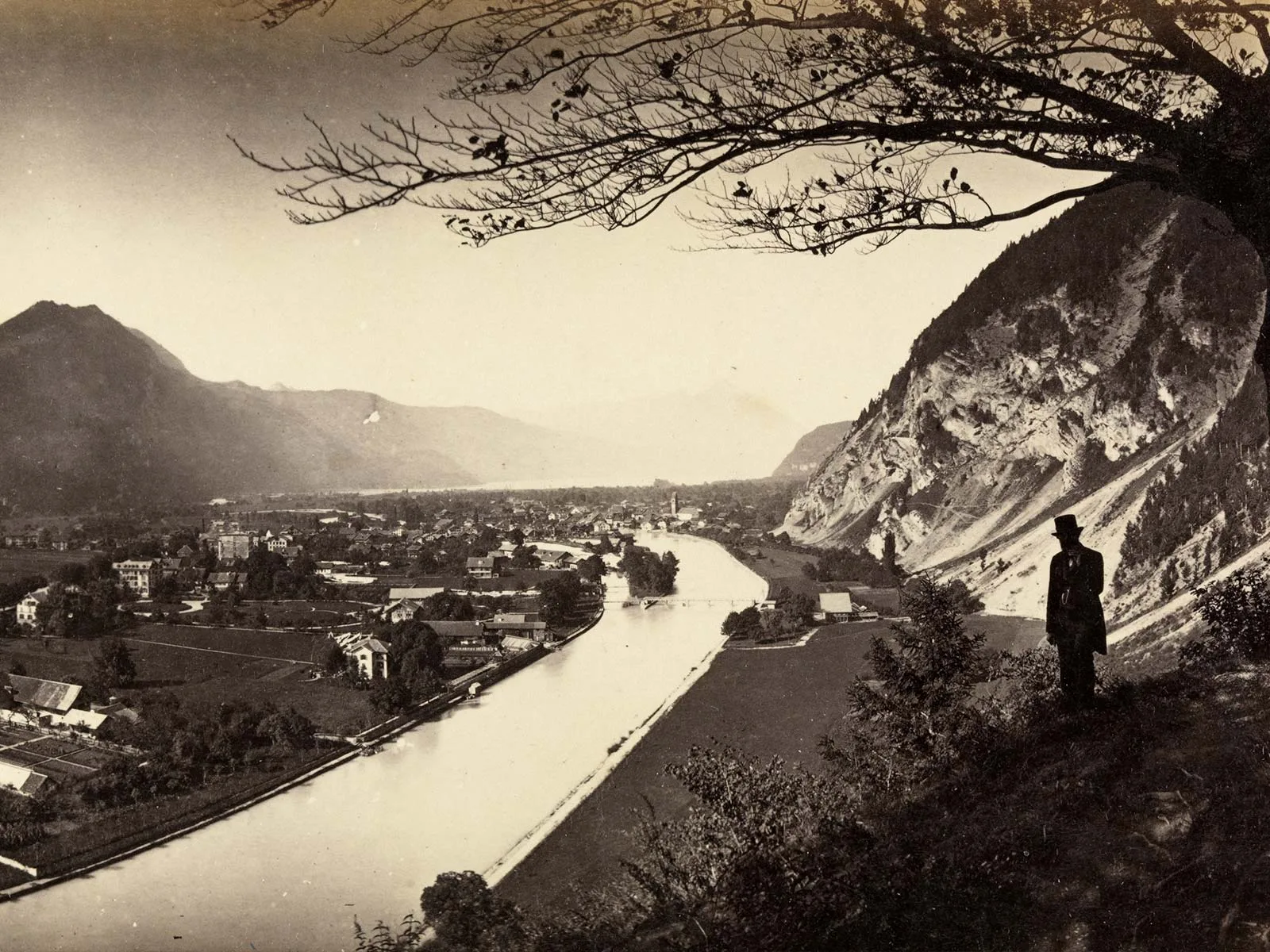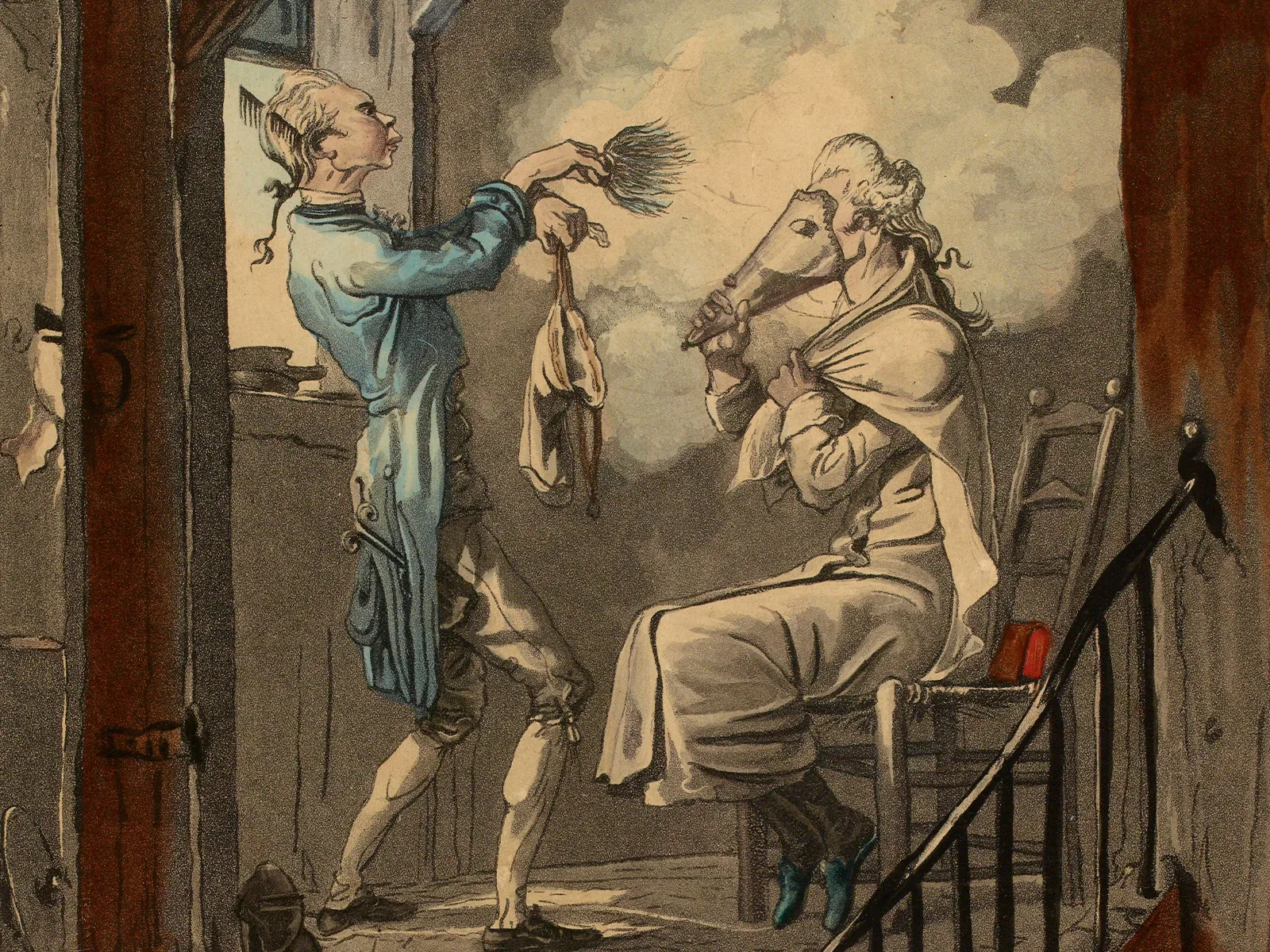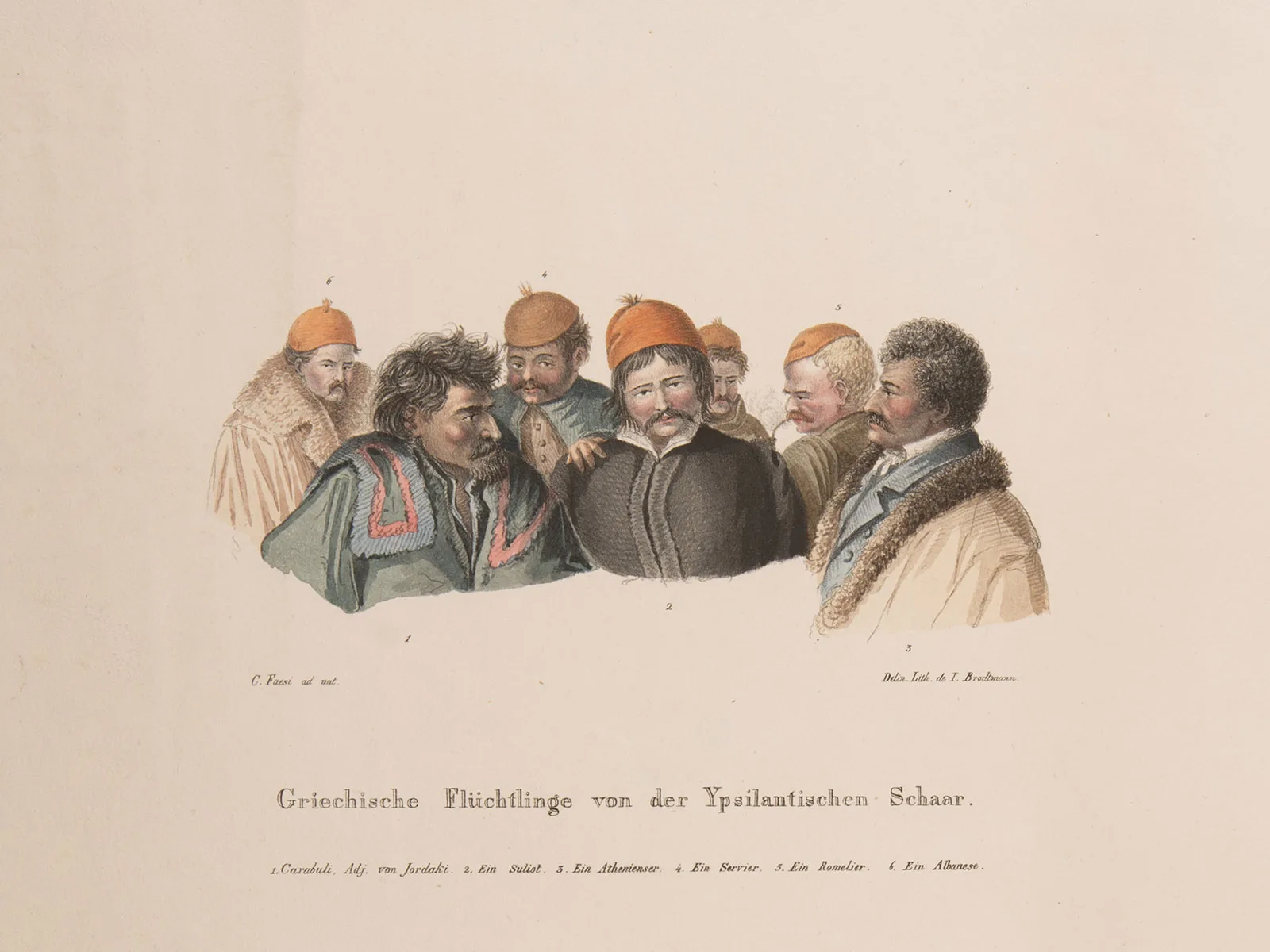
The odyssey of the Greek freedom fighters
In 1823 around 160 Greek revolutionaries ended up in Switzerland, having been defeated and persecuted by the Ottomans. They escaped on foot on a route that took them via Odessa, Bessarabia, Poland and through German states to the border in Schaffhausen.
The secret Filiki Eteria society plans an uprising
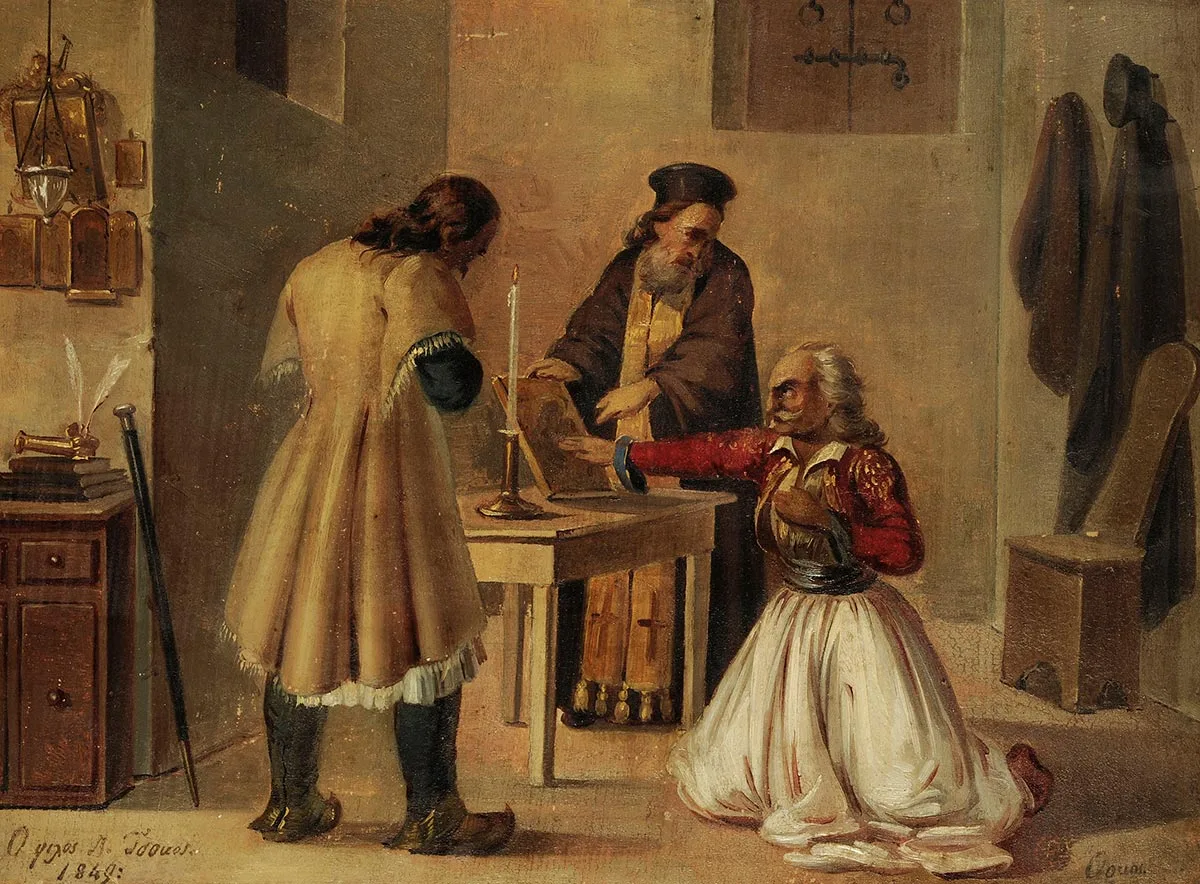

Devastating defeat and flight to Odessa
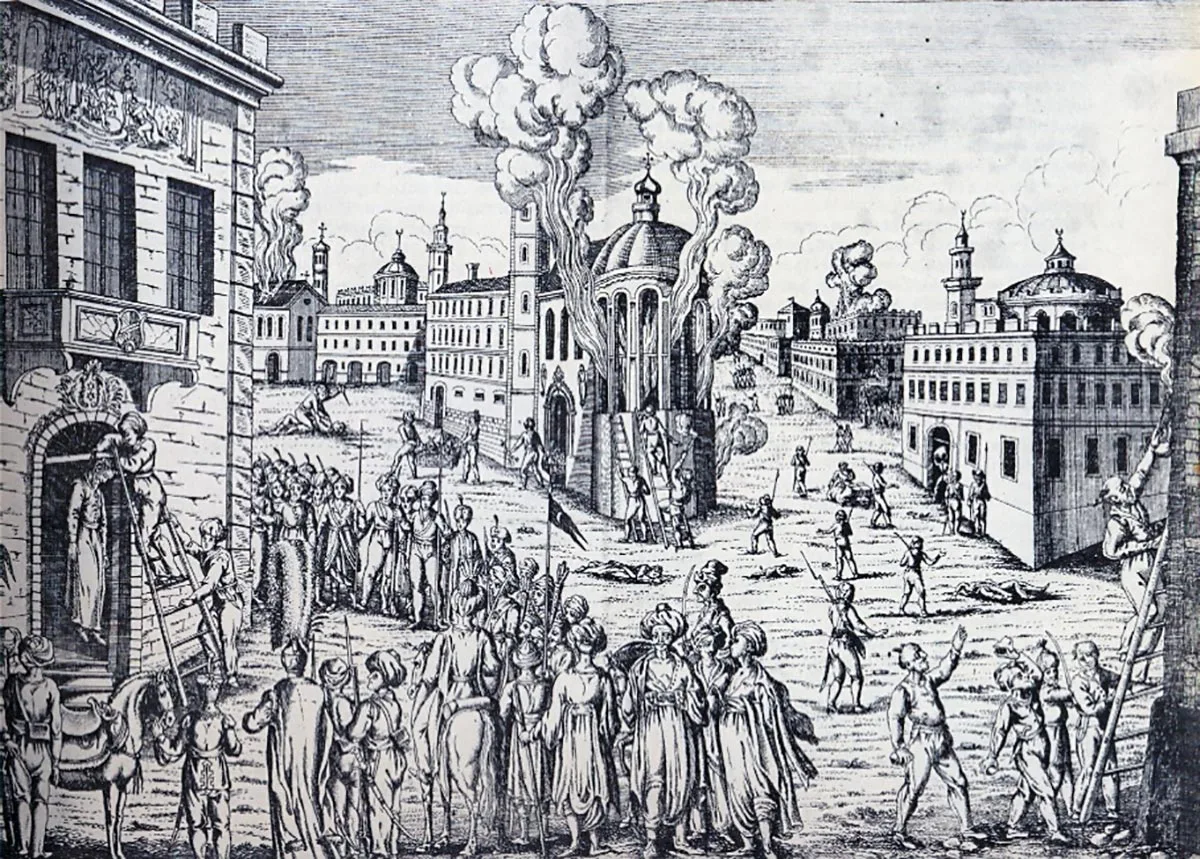
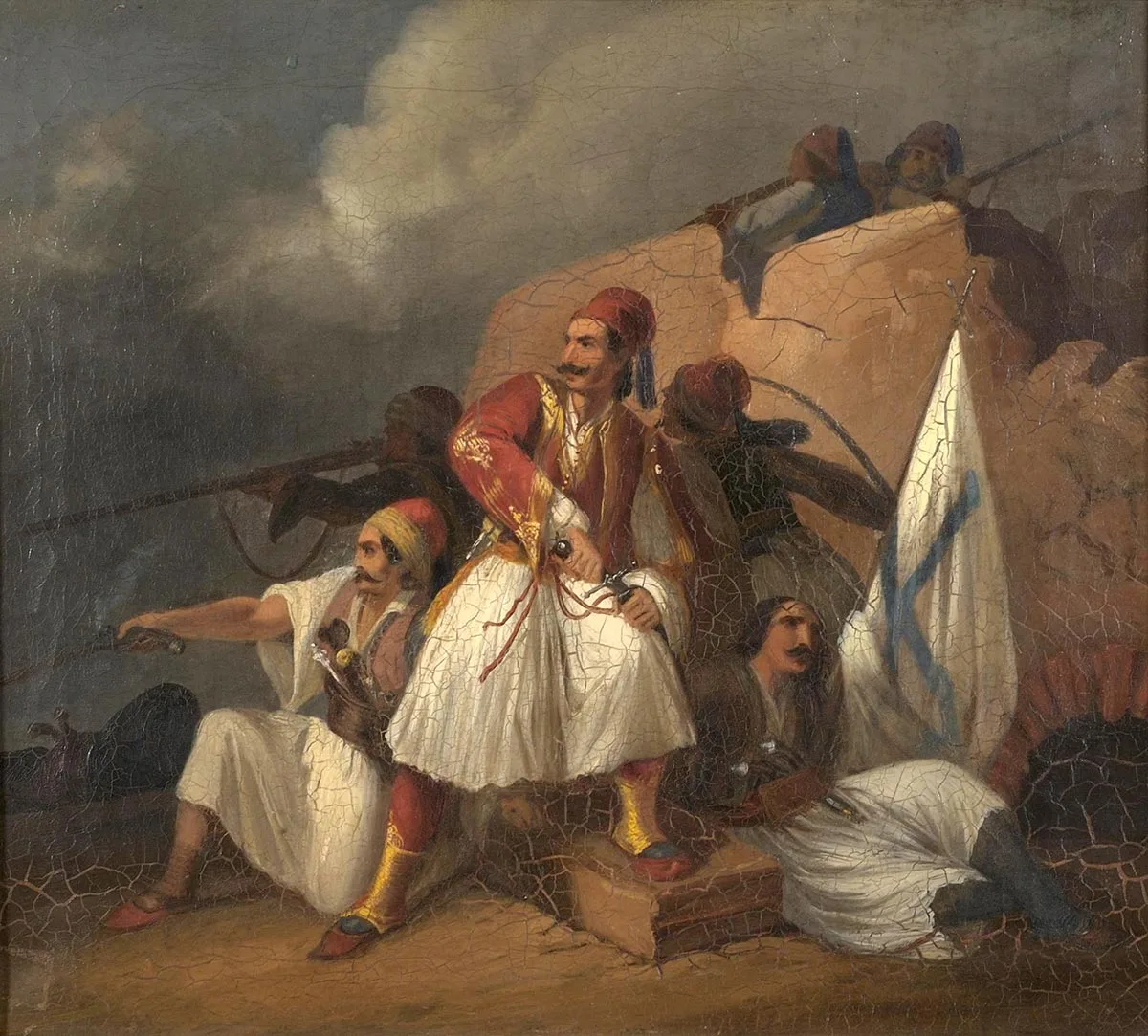
Marching from Odessa to Switzerland



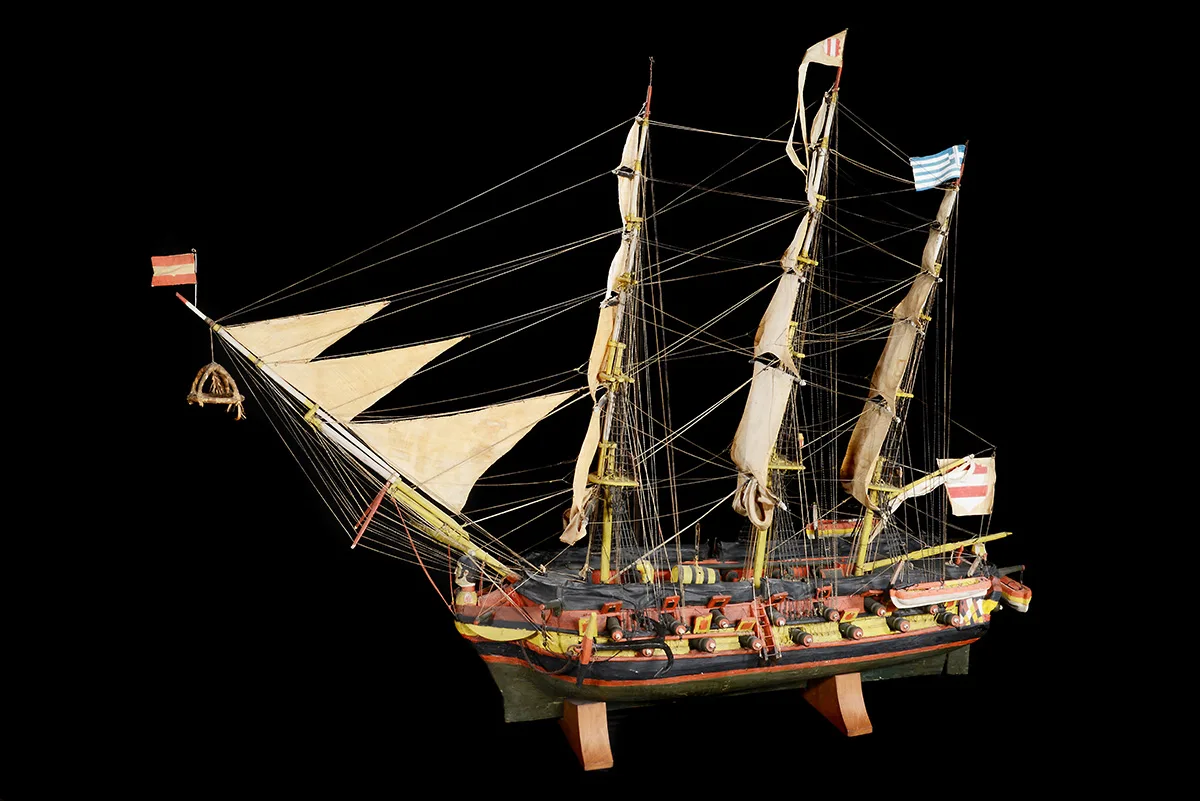
Intervention by major powers and liberation
